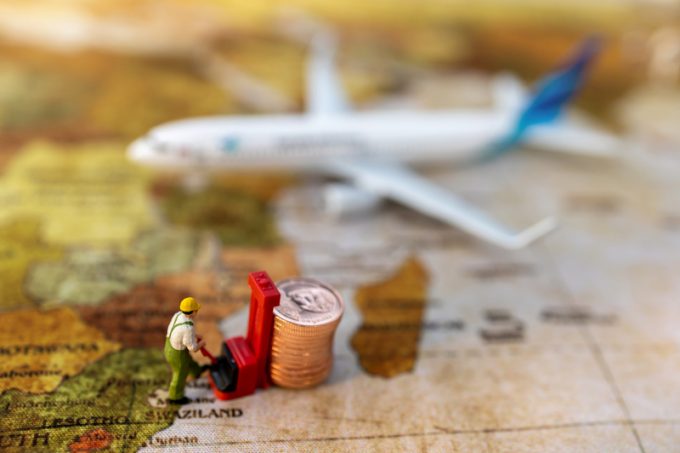No place to hide for container shipping investors as Q2 earnings calls loom
Clouds gathering

As the prospect of a return to pre-Covid rate levels recedes ever further, relentlessly high airfreight pricing is prompting more and more shippers to look for alternatives.
Forwarders are being tasked to understand their supply chains better and come up with creative solutions.
But they and shippers ...

Comment on this article